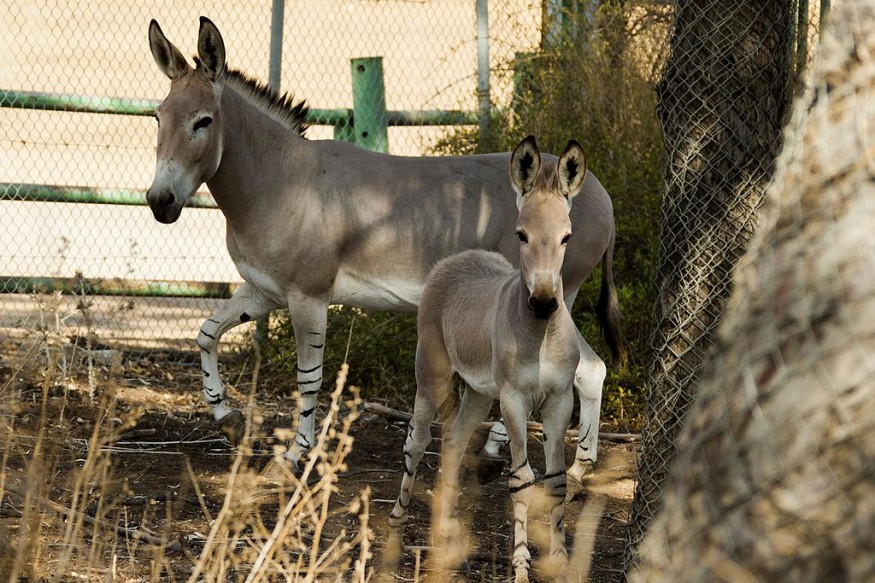New Research recently discovered the first identified case of a human-engineered hybrid, produced from a donkey, thousands of years ago.
As indicated in a report from The New York Times, in ancient Mesopotamia 4,500 years back, long before the arrival of horses in the region, another spirited member of the so-called "equine family, the Kunga," took center stage in dragging four-wheeled wagons into combat.
As suspected by archeologists, these animals, represented in art, their sales documented in "cuneiform writing," their bodies at times, laid to rest in rich burial areas, were the outcome of some "crossbreeding," although there was a lack of evidence.
Late this week, a research team reported on over a decade of research, concluding that research of ancient DNA revealed that kunga was a "cross between a female donkey and a male Syrian wild ass."

'Kunga'
The Kunga, the researchers found, is the first identified case of two species' human-engineered hybrid, a production very far from the traditional process of animal domestication.
According to a specialist in ancient genomes, Eva-Marie Geigl from the University of Paris, the kungas' breeding was "early bioengineering" that evolved into the ancient biotech industry.
Similar to mules, which are crosses between donkeys and horses, and were developed much later, the kungas were described in this report as "sterile."
Every new Kunga was unique, involving mating between a donkey and a wild ass stallion. The stallions needed to be captured and kept in captivity, despite being highly aggressive, as indicated in modern records.
Expensive, 'Status Symbol' Animals
Dr. Geigl explained, a zoo director in Austria, where the last captive Syrian wild assess died, described the species as "furious."
As shown in archeological records, Tell Brak, Syria's breeding center in Nagar, shipped the young kungas to other cities. According to a related World News Era report, they were expensive animals, considered "status symbols," and were used in war and military rites.
The ancient genomes specialist also said KungAs held their status for at least 500 years. Additionally, horses did not exist until approximately 4,00 years ago to take their place in combat and rite and contribute to the development of other hybrids.
Before this current study, published in the Science Advances journal, the oldest identified hybrid was a mule from a place in Turkey, dating to approximately 3,000 years ago. Members of the same research team reported that study finding in 2020.
Early Process of Domestication
Washington University archeologist Fiona Marshall, who studied the prehistory of donkeys and their domestication said, this research was extremely substantial, partly because it showed the clear intentions of the breeders.
The domestication's early process was always gloomy, perhaps part coincidence, part human intervention, although this study revealed what the prehistoric Syrians were after.
Marshall explained, people wanted the wild animal's quality. Donkeys might have been characterized to be tamer compared to the African wild ass, their ancestors, although the Mesopotamia breeders wanted to "back breed" to other wild asses to gain strength and enhance speed, and probably, size.
And, even though the last identified living samples of the Syrian wild ass were quite tiny, a little over three feet at the withers, older animals of this same species were bigger.
Related information about kunga is shown on Animal Planet's YouTube video below:
RELATED ARTICLE : Do Jackalopes Really Exist? Here's What New Research Tells Us
Check out more news and information on Animals in Science Times.












